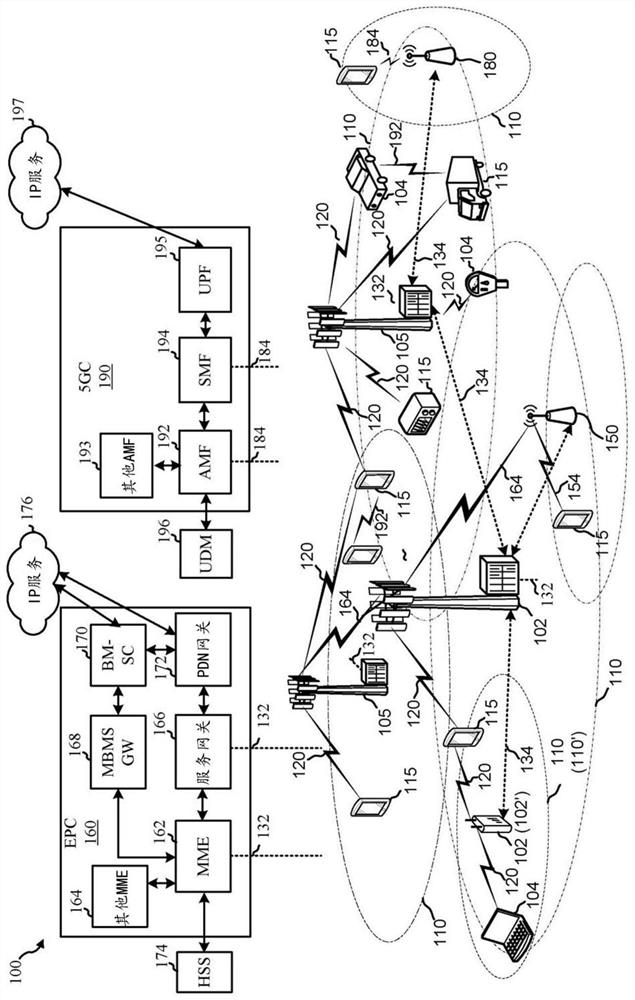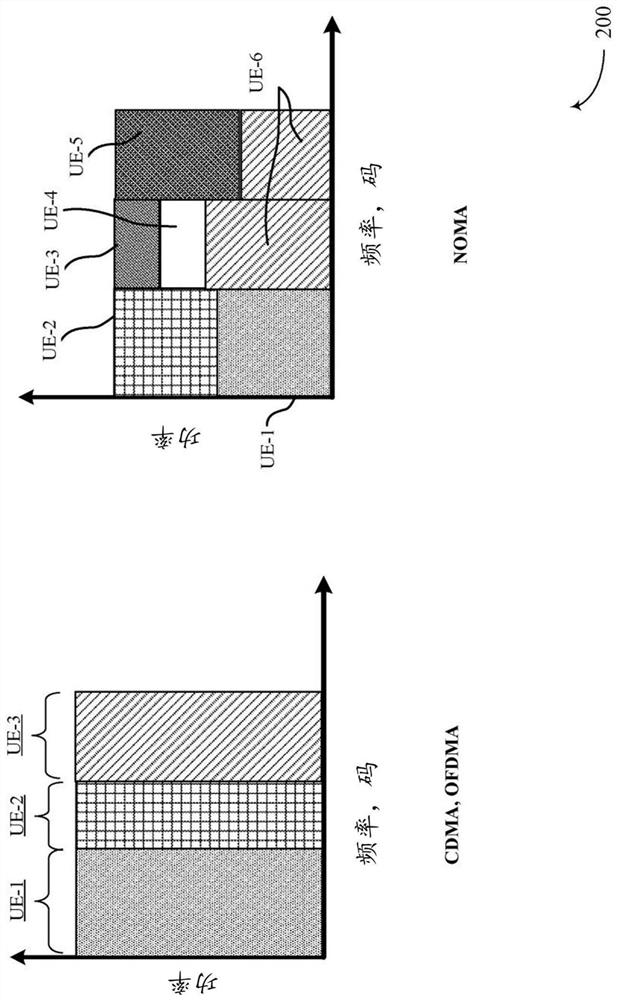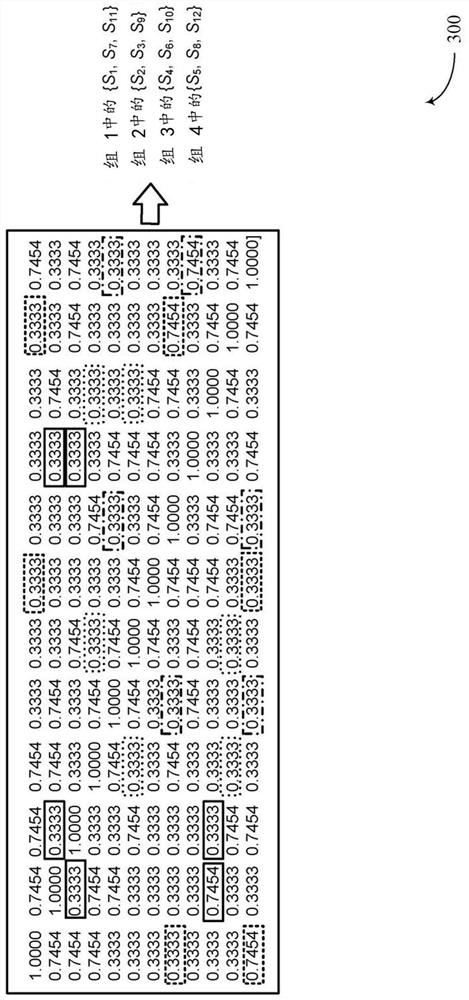Configuration of non-orthogonal dmrs for uplink transmission
A link, user equipment technology, applied in the field of accurate
- Summary
- Abstract
- Description
- Claims
- Application Information
AI Technical Summary
Problems solved by technology
Method used
Image
Examples
Embodiment Construction
[0027] As described above, the uplink DMRS design affects the uplink channel estimation accuracy for PUSCH, and thus the reliability and throughput of uplink transmissions. In order to support a large number of UEs that are typically part of a wireless communication system, current systems require a large number of DMRS sequences to minimize traffic collisions between multiple UEs transmitting using the same DMRS sequence. However, this approach is not always possible.
[0028] Specifically, as shown in Table 1 below, the table shows the requirements for the number of DMRS sequences for various collision probabilities. In order to achieve a low collision probability, a large DMRS pool is required.
[0029]
[0030]
[0031] Table 1.0
[0032] (Number of DMRSs required for a given packet arrival rate in one time and frequency resource)
[0033] For example, for license-free UL transmission, a large number of different DMRS sequences are required to support a large numbe...
PUM
 Login to View More
Login to View More Abstract
Description
Claims
Application Information
 Login to View More
Login to View More - R&D
- Intellectual Property
- Life Sciences
- Materials
- Tech Scout
- Unparalleled Data Quality
- Higher Quality Content
- 60% Fewer Hallucinations
Browse by: Latest US Patents, China's latest patents, Technical Efficacy Thesaurus, Application Domain, Technology Topic, Popular Technical Reports.
© 2025 PatSnap. All rights reserved.Legal|Privacy policy|Modern Slavery Act Transparency Statement|Sitemap|About US| Contact US: help@patsnap.com



